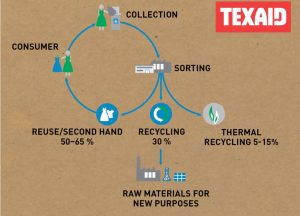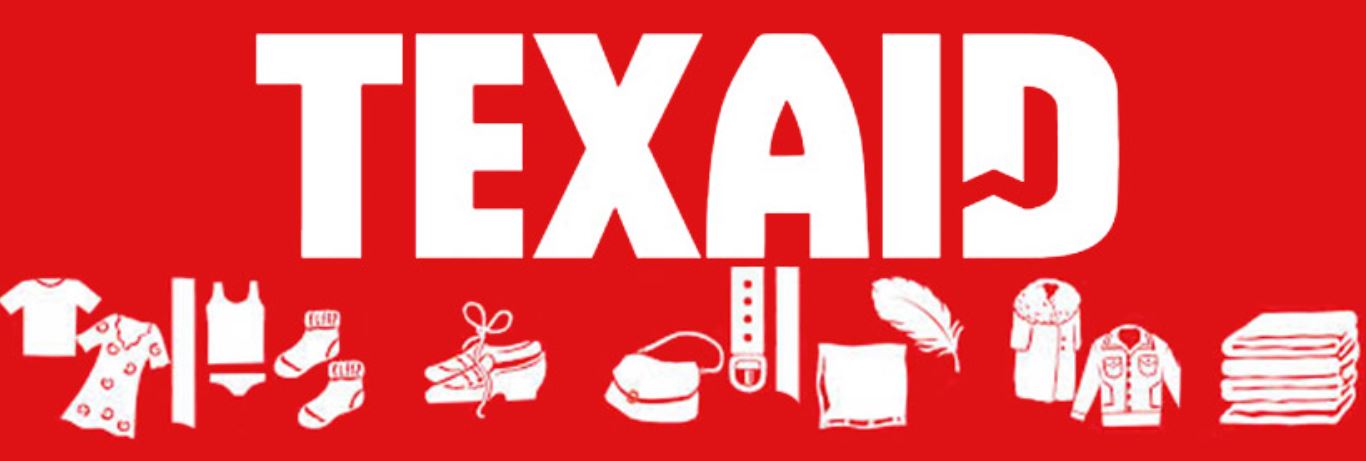The textile industry consumes the most significant percentage of fibre production. Extreme turnover massively impacted overconsumption of clothes, excessive use of resources, energy, and, most importantly, textile waste creation. The volume of discarded textiles is steadily rising, and the issue of effective end-of-life textile treatment is becoming increasingly crucial.
You have probably noticed and used red TEXAID clothes recycled bins all over Switzerland! But do you know what happens to your garments and what significant services the company provides throughout Europe and the USA? Let’s get to know TEXAID a little bit better. If you would like to skip reading, check the video/summary down below!
TEXAID company has been operating for over 40 years with headquarters in Canton Uri, Switzerland with more than 1200 employees and collects 87.000 tonnes of used textile every year! TEXAID is one of the European leaders for textile gathering, sorting, and recycling environmentally. The company combines innovative solutions that the recycled fabrics used as widely and frequently as possible in the various articles.
After collecting unwanted items, TEXAID divided the procedure into three steps depending on the state of the clothing:
- The priority is to reuse things to extend their life as much as possible. In most cases, between 50 and 65 per cent of the clothes is resold second-hand.
- If the garment can no longer be worn, it will be recycled and utilised to make new materials. Around 30% of the collected clothing are not suitable for second-hand resale.
- The remaining 5 to 15% of the clothing that cannot be reused or recycled will be burned to generate energy.

The complete list of the products and services TEXAID provides:
- Unwanted clothes, shoes, and bags collection. Clothes can be made from various materials such as leather, fur, nylon etc. The most critical thing everything must be clean, and shoes must be wearable!
- Sorting – it is a crucial step in the economic and ecological determination of used textile. Effective sorting separates valuable second-hand clothing from the gathered wasted materials, maintaining them in the textile cycle.
- Recycling – if the clothes do not meet second-hand garments standard, they reused in cleaning cloth, insulating materials, or roofing felt.
- Cleaning Cloths – clothes that are no longer suitable for a second-hand shop and made from cotton or cotton mixed materials are made into high-quality cleaning cloths.
- Working clothes recycling solutions. Removes logos and labels before further reprocessing.
- Retail Solutions – address a large and complementary section of the reverse supply chain, including take-back returns, internet returns, leftovers and overstock operations.
https://youtu.be/6zAWmstIWpU
This post concludes my 8 post blog series about sustainable fashion. I want to thank my all readers from the bottom of my heart for going through this journey together! I hope that my posts have made you aware, interested and encouraged to take little steps and embrace sustainable fashion. I wish you a wonderful summer, full of adventure, discovery and relaxation! Stay happy, healthy and see you all very soon!



